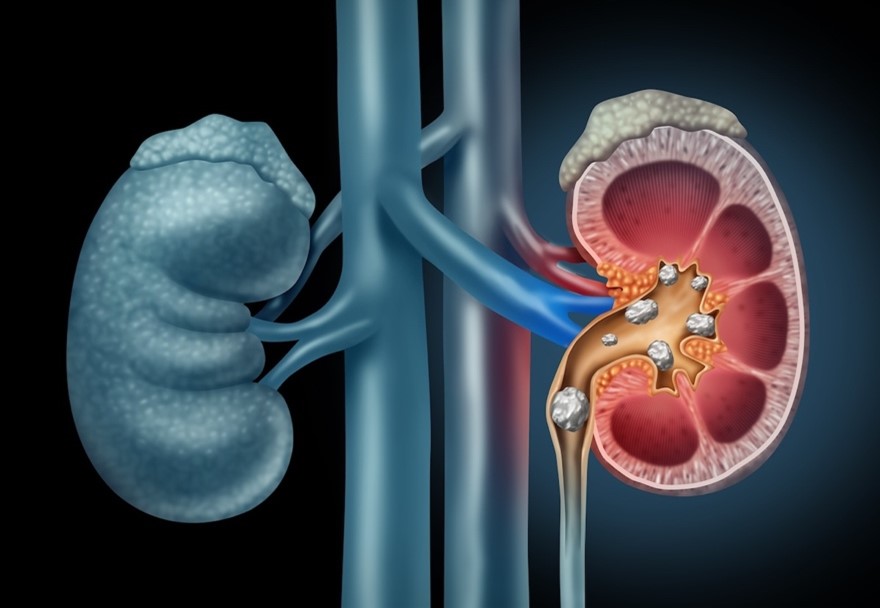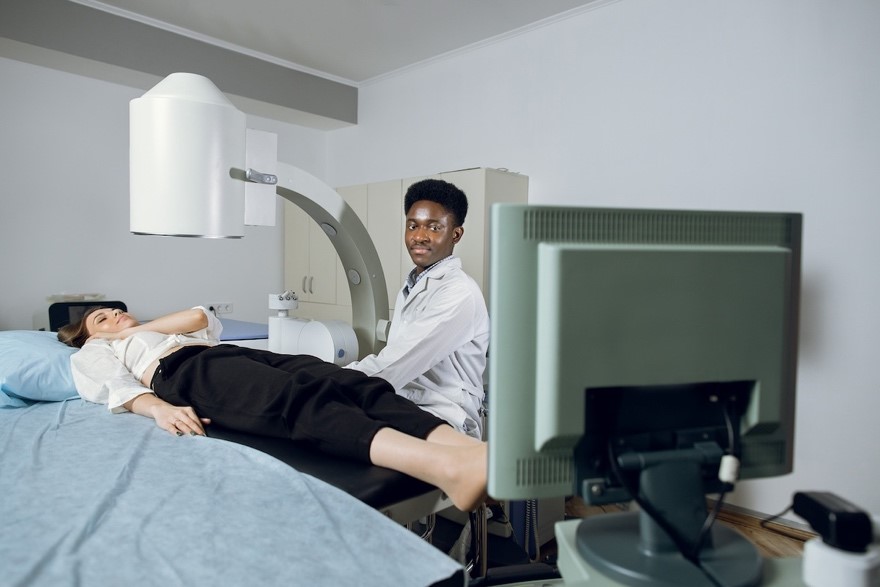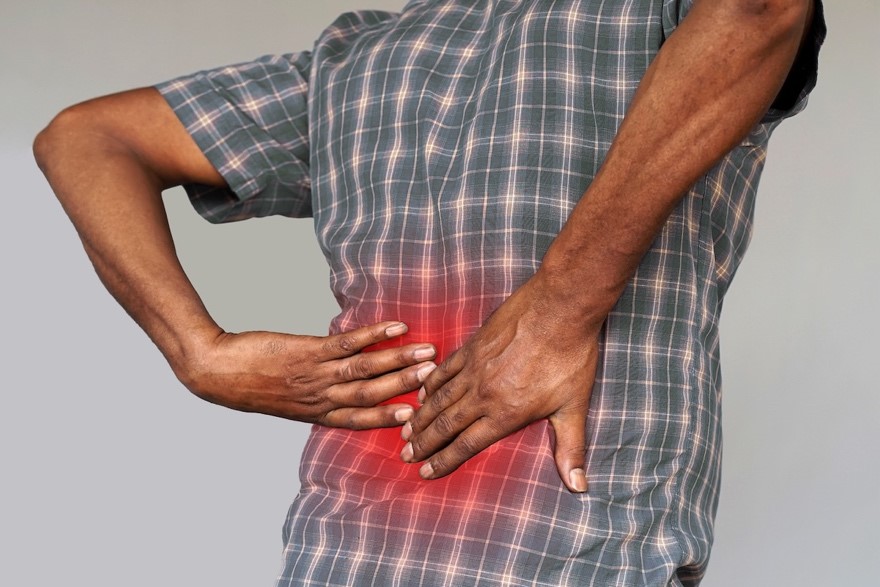ITHACA, NY (607NewsNow) — Kidney stones are a common problem of the urinary system. These hard deposits form inside the kidneys when urine contains high levels of dissolved minerals and salts. Some stones pass into the urinary system and cause painful obstruction. Other stones grow in the kidney tissue, causing damage.
The number of people who develop kidney stones has steadily increased over the past 50 years, likely because of changes in lifestyle and diet. Dr. Melanie McNally shares tips on how to handle kidney stones and what steps to take if they arise.
Symptoms of kidney stones
Some kidney stones are found accidentally on imaging done for other conditions, but many patients develop painful obstruction of the ureter, the tube that connects the kidney to the bladder. Symptoms can include:
· A sharp, cramping pain in the back and side, coming in waves
· Nausea or vomiting
· Blood in the urine
· Pelvic pressure and frequent, intense need to pass urine
· Burning with urination, fever and chills with infection

Kidney stones are a common problem of the urinary system. These hard deposits form inside the kidneys when urine contains high levels of dissolved minerals and salts.
Diagnosis
If severe back or side pain, nausea, vomiting, or fever and chills are present, the closest emergency department is the best place to go for rapid diagnosis and management.
Treatment
Treatment options are based on stone size, location, and if blockage is present. For stones small enough to pass, observation with or without medication, is recommended.
Surgery is indicated if the stone fails to pass, infection is present or if the pain is intolerable. Extracorporeal shockwave lithotripsy (ESWL) delivers shockwaves through the skin to the stone. It is non-invasive and has a reasonable success rate. Ureteroscopy with laser lithotripsy passes a thin scope through the urine channel and into the ureter to directly apply laser energy to the stone. This has a better success rate but is more invasive. The stent is removed in the office. There are other methods to treat very large stones.
Extracorporeal shockwave lithotripsy delivers shockwaves through the skin to the kidney stone. It is non-invasive and has a good success rate.

Prevention
These strategies are effective for the most common varieties of stones – calcium oxalate, uric acid, and calcium phosphate – but additional advice may be given by your urologist depending on your situation.
· Increase fluid intake to 3 quarts daily, unless you are fluid restricted. This prevents crystals from sticking together to form stones. Avoid caffeine, carbonation, sugar and artificial sweeteners.
· Citrate prevents stone formation and is found in citrus fruits and pineapple but NOT in vitamin C supplements. Two 6-ounce glasses of orange juice or 1/4 cup of lemon or lime juice mixed in water is usually enough.
· Limit sodium intake to 2,000 mg/day. Check labels on jars, cans, boxes or bags for sodium content. Avoid deli meats and cheeses.
· Limit animal protein (meat, fish, eggs) to two servings a day. Muscle breakdown from exercise and weightlifting without adequate hydration will also cause high uric acid levels, so drink that water.
· You need 900 to 1,200 mg of calcium a day for bone and heart health. The best sources are foods such as dairy products and broccoli, but fortified juices and non-dairy milks are fine. The best supplement is calcium citrate taken with a large meal.
· Take a multivitamin with 50 mg of B6, and a magnesium supplement (200 to 400 mg) every day.

Men are more likely than women to develop stones, and 1 in 10 adults will develop a stone at least once in their lifetime. Stones also occur in children. The role of the urologist is to treat existing stones, if necessary, and help prevent the formation of new stones.
To make an appointment with Dr. McNally or Dr. Jason Cohen at Cayuga Urology call (607)-319-5747. Learn more about Cayuga Health’s Urology services here.



